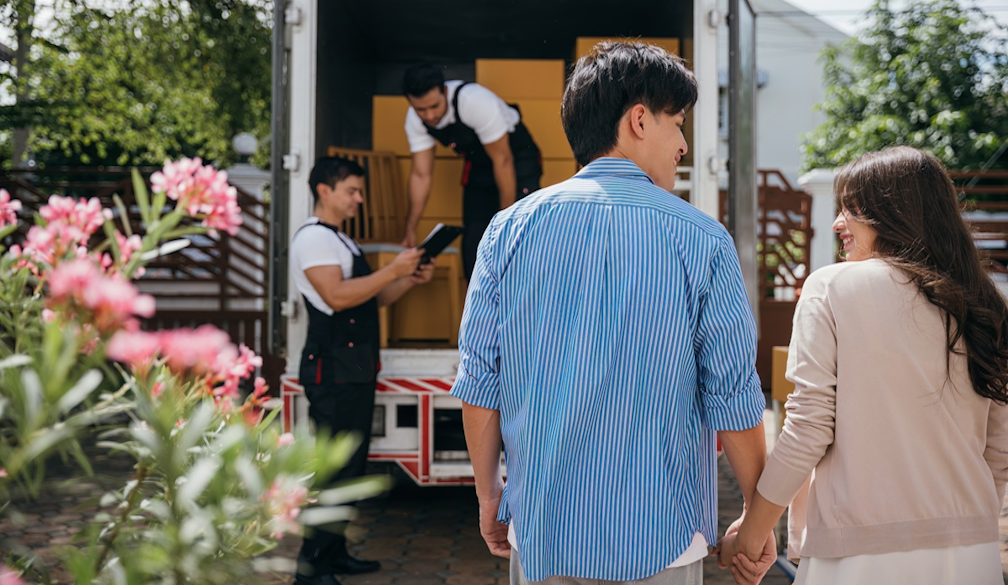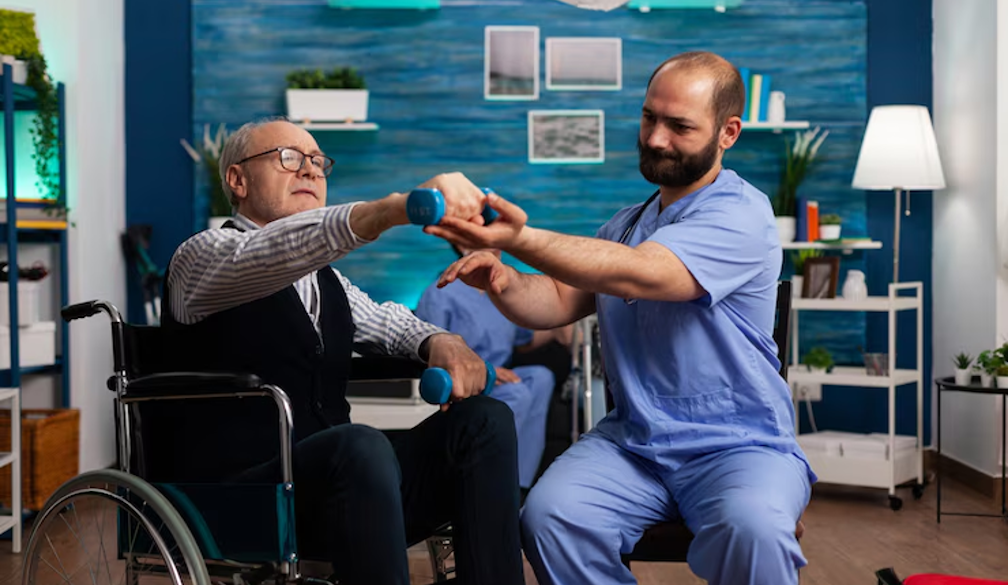Australian printmaker Ruth Faerber has died aged 102. She never stopped making art
- Written by Joanna Mendelssohn, Honorary Senior Fellow, School of Culture and Communication. Editor in chief, Design and Art of Australia Online, The University of Melbourne
In 1974, when a local Sydney newspaper wrote on the success of two local artists, they were introduced using their husband’s names. Ruth Faerber, who has died aged 102, was named as “Mrs Hans (Ruth) Faerber of Castle Cove”.
This was later expanded to indicate the “housewife, mother of two is the wife of Hans Faerber, a design engineer”, before describing her prizewinning work and noting she was also the art critic of the Jewish Times.
Ever polite, always elegant, Faerber never vocally contested such categorisations. However, from girlhood until her extreme old age, she was first and foremost an artist.
A young interest in art
Ruth Levy was born in the Sydney suburb of Woollahra, on October 9 1922. After a less than pleasant experience at Sydney Girls High with an art teacher she later described as an “absolute whacko”, she became a boarding student at Ravenswood.
Here, she was inspired by her teacher Gladys Gibbons and introduced to printmaking as an art. When Ruth told her father she wanted to leave school and be an artist, he agreed on the condition that “you’ve got to be able earn your own living”.
She enrolled at Peter Dodd’s Commercial Art School. Dodd’s friends included the radical modernists Frank and Margel Hinder, recently arrived from the United States, giving the students a surprisingly radical art education.
Two years later, as the impact of World War II led to young women being encouraged to take the jobs of departed men, the 17-year-old worked as a junior commercial artist.
At the Market Printery she was introduced to photogravure printing and made her first experimental etching.
Ruth continued her studies at East Sydney Technical College. In 1944 she enrolled in Desiderius Orban’s Rowe Street Studio. The refugee Hungarian artist taught that rules were to be broken, that artists must experiment, and to have faith in her creativity.
These were lessons she never forgot.
Making a life as an artist
In 1946, Ruth married Hans Faerber, a young design engineer who had escaped from Germany in 1938.
Despite postwar cultural pressures prescribing that women should solely devote themselves to their families, Ruth continued to paint, turning the garage into her studio and running children’s art classes from home. She wanted to learn printmaking but in Sydney this was not possible: the only lithography course was limited to printing apprentices, and only men were eligible to apply.
In 1961 Joy Ewart donated her lithography press to create Sydney’s first public access print workshop at the Willoughby Arts Centre. Faerber became one of its most active participants.
In 1963, the year of her first solo exhibition, the family moved to a house on Sydney’s north shore. Her new studio was built into the base of the cliff. To provide safe access without the bother of planning permission, Hans removed the floor of the broom cupboard and placed a ladder down to the studio.
Faerber’s ability to disappear into a cupboard straight after dinner did sometimes disconcert her children and visitors, but it gave her time to make art as she worked through the night.
Continual experiments
By 1968 her prints had been acquired by the National Gallery of Victoria and the Art Gallery of NSW, but she knew she needed to learn more.
She received a scholarship for New York City’s Pratt Center. In New York, she saw Rauschenberg’s Experiments in Art & Technology and remembered Orban’s dictum to constantly experiment. She started to use spray paint as a medium and to incorporate photographic images in her work. One print includes a newspaper photograph of Leonard Cohen, made after she saw him perform.
Her return to Australia saw continual experiments. She also began to write, becoming the art critic for the Australian Jewish News. Her reviews were characterised by a generosity of spirit, especially noticing artists at the beginning of their careers. Women and printmakers were favoured subjects.
One of the most significant costs for printmakers is the cost of imported handmade paper. In 1980, Faerber was invited to attend the first hand paper-making workshop at the Tasmanian School of Art’s Jabberwock Mill.
There she realised the possibilities of paper as a medium rather than as a surface.
She abandoned standard shapes. Her experiments with paper became irregular, then sculptural. Paper began to be made with different materials, including tapioca flour and cold tea. She found if she sprayed a paper sculpture with the kind of aerosol paint designed for cars, she could simulate an impression of aged stone.
While she kept a close eye on the latest technical developments, her best tools of trade were sometimes found in the home. Electric frying pans, food processors and a microwave oven were repurposed to make art. An ironing board with a mesh base was used as a press for making paper. She had a long fascination with archaeological sites, realising how fragile civilisations and human life may be.
As she became physically frail, Faerber changed her practice towards making digital prints, seeing how far she could stretch the new media to her ends.
Authors: Joanna Mendelssohn, Honorary Senior Fellow, School of Culture and Communication. Editor in chief, Design and Art of Australia Online, The University of Melbourne



















